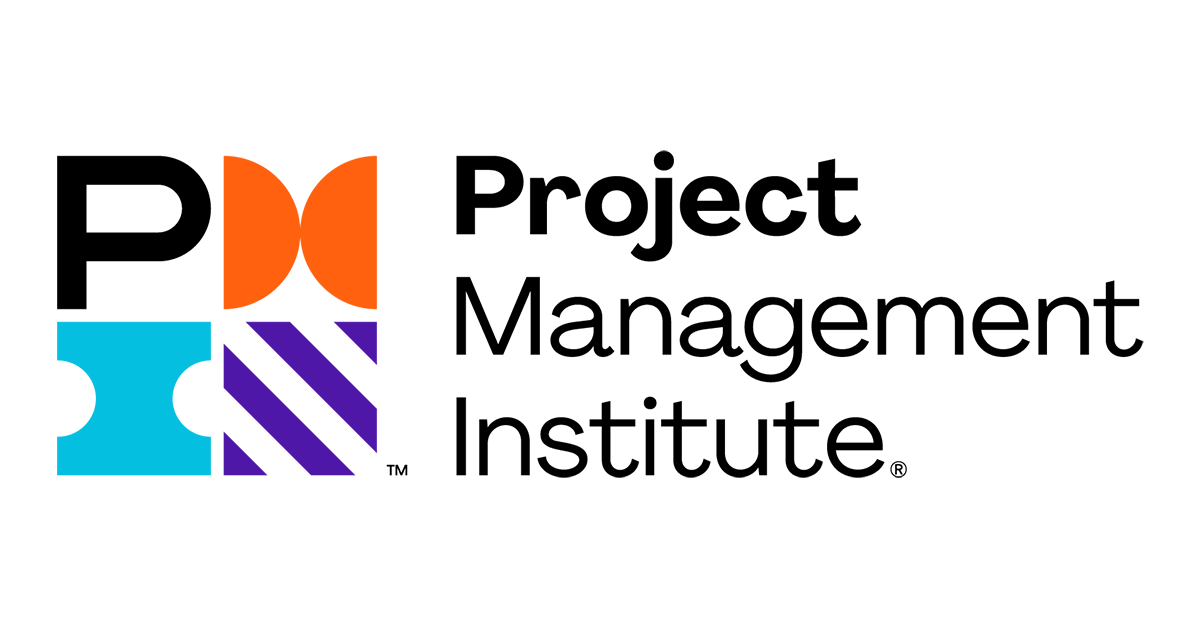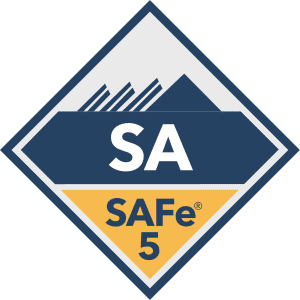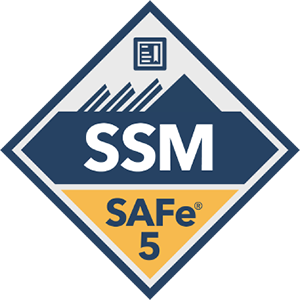No upcoming trainings in this city..!
A Lean Six Sigma Green Belt understands how to implement, perform, interpret and apply Lean Six Sigma at a high level of proficiency.
This is well-established Global Standard is diversely recognized as a relevant and practical version of the knowledge expectations of Lean Six Sigma Green Belt. It consists of the primary sections of Define, Measure, Analyze, Improve and Control, which are each broken down into sub-categories consisting of individual subject matter topics.
Key Features of Certified Lean Six Sigma Green Belt (ICGB)
- Certification from IASSC
- Online Training
Trainings Scheduled
Lean Six Sigma Body of Knowledge for Green Belts Agenda
1.0 Define Phase
1.1 The Basics of Six Sigma
1.1.1 Meanings of Six Sigma
1.1.2 General History of Six Sigma & Continuous Improvement
1.1.3 Deliverables of a Lean Six Sigma Project
1.1.4 The Problem Solving Strategy Y = f(x)
1.1.5 Voice of the Customer, Business and Employee
1.1.6 Six Sigma Roles & Responsibilities
1.2 The Fundamentals of Six Sigma
1.2.1 Defining a Process
1.2.2 Critical to Quality Characteristics (CTQ’s)
1.2.3 Cost of Poor Quality (COPQ)
1.2.4 Pareto Analysis (80:20 rule)
1.2.5 Basic Six Sigma Metrics
a. including DPU, DPMO, FTY, RTY Cycle Time, deriving these metrics and these metrics
1.3 Selecting Lean Six Sigma Projects
1.3.1 Building a Business Case & Project Charter
1.3.2 Developing Project Metrics
1.3.3 Financial Evaluation & Benefits Capture
1.4 The Lean Enterprise
1.4.1 Understanding Lean
1.4.2 The History of Lean
1.4.3 Lean & Six Sigma
1.4.4 The Seven Elements of Waste
a. Overproduction, Correction, Inventory, Motion, Overprocessing, Conveyance, Waiting.
1.4.5 5S
a. Straighten, Shine, Standardize, Self-Discipline, Sort
2.0 Measure Phase
2.1 Process Definition
2.1.1 Cause & Effect / Fishbone Diagrams
2.1.2 Process Mapping, SIPOC, Value Stream Map
2.1.3 X-Y Diagram
2.1.4 Failure Modes & Effects Analysis (FMEA)
2.2 Six Sigma Statistics
2.2.1 Basic Statistics
2.2.2 Descriptive Statistics
2.2.3 Normal Distributions & Normality
2.2.4 Graphical Analysis
2.3 Measurement System Analysis
2.3.1 Precision & Accuracy
2.3.2 Bias, Linearity & Stability
2.3.3 Gage Repeatability & Reproducibility
2.3.4 Variable & Attribute MSA
2.4 Process Capability
2.4.1 Capability Analysis
2.4.2 Concept of Stability
2.4.3 Attribute & Discrete Capability
2.4.4 Monitoring Techniques
3.0 Analyze Phase
3.1 Patterns of Variation
3.1.1 Multi-Vari Analysis
3.1.2 Classes of Distributions
3.2 Inferential Statistics
3.2.1 Understanding Inference
3.2.2 Sampling Techniques & Uses
3.2.3 Central Limit Theorem
3.3 Hypothesis Testing
3.3.1 General Concepts & Goals of Hypothesis Testing
3.3.2 Significance; Practical vs. Statistical
3.3.3 Risk; Alpha & Beta
3.3.4 Types of Hypothesis Test
3.4 Hypothesis Testing with Normal Data
3.4.1 1 & 2 sample t-tests
3.4.2 1 sample variance
3.4.3 One Way ANOVA
a. Including Tests of Equal Variance, Normality Testing and Sample Size calculation, performing tests and interpreting results.
3.5 Hypothesis Testing with Non-Normal Data
3.5.1 Mann-Whitney
3.5.2 Kruskal-Wallis
3.5.3 Mood’s Median
3.5.4 Friedman
3.5.5 1 Sample Sign
3.5.6 1 Sample Wilcoxon
3.5.7 One and Two Sample Proportion
3.5.8 Chi-Squared (Contingency Tables)
a. Including Tests of Equal Variance, Normality Testing and Sample Size calculation, performing tests and interpreting results.
4.0 Improve Phase
4.1 Simple Linear Regression
4.1.1 Correlation
4.1.2 Regression Equations
4.1.3 Residuals Analysis
4.2 Multiple Regression Analysis
4.2.1 Non- Linear Regression
4.2.2 Multiple Linear Regression
4.2.3 Confidence & Prediction Intervals
4.2.4 Residuals Analysis
4.2.5 Data Transformation, Box Cox
5.0 Control Phase
5.1 Lean Controls
5.1.1 Control Methods for 5S
5.1.2 Kanban
5.1.3 Poka-Yoke (Mistake Proofing)
5.2 Statistical Process Control (SPC)
5.2.1 Data Collection for SPC
5.2.2 I-MR Chart
5.2.3 Xbar-R Chart
5.2.4 U Chart
5.2.5 P Chart
5.2.6 NP Chart
5.2.7 Xbar-S Chart
5.2.8 CuSum Chart
5.2.9 EWMA Chart
5.2.10 Control Chart Anatomy
5.3 Six Sigma Control Plans
5.3.1 Cost Benefit Analysis
5.3.2 Elements of the Control Plan
5.3.3 Elements of the Response Plan
KMP I and KMP II one of the most productive learning for flow management and understanding the context of WIP limit. I am very happy to join Mindclick consulting training and the level of learning is immence. Thank you.
B | Brian Goldberg,Directior (Technology) |
If you want to learn how to successfully implement agile or want to improve how your organization delivers value, I highly recommend Mindcick consulting to guide you on your journey. I have had the privilege and pleasure of attending sought after sessions on SAFe and every time.
A | Abhinav Verma,Enterprise Agile Coach SAFe Program Consultant and Trainer |
I recomend Mindclick as a course instructor for any Agile certification. Effective communication, clear presentation of information, engagement with the students, clear guidelines for the certification exam.
J | Juan Fernando Rojas,Azure Consultant at Codit - CSM® - SA 5 |
Very knowledgeable and skilled practitioner and instructor on Agile. He took the time to ensure that all my questions were answered, even after the course had ended. Definitely will ask for him again for my next Agile course.
K | Kamal Solanki,Program Manager at Government of Manitoba |
Mindclick have pool of excellent coaches with a very good knowledge in SAFe. The flow is perfect and helps a lot to understand the concepts. Moreover, they provide real-world use cases based in his experience and adapted to his public background.
M | Mohamed A. B. CAMARA,Engineer - Cloud, Infratructure and Technical Architect |
Attended the scaled Agile Leading SAFe training with Mindclick Consulting instructors. Their knowledge of the content and presentation skills was amazing. They were able to put things into perspective when applying the framework to a company process and structure.
T | Thasigan Pillay,Senior Project Manager at Nedbank | SAFe® | ITIL | CSM |
Attended the Leading SAFe course run by Minnclick and was super impressed with their knowledge and experience of implementing SAFe. They explain the concepts in a way that makes it simple and given the challenges of COVID-19, their virtual classroom manner & approach were outstanding.
G | Gareth Pile,Digital Transformation | Business Automation | Cloud Technologist | SAFe Program Consultant (SPC) |
I would like to recognize Mindclick after attending the Leading for SAFe certification. Firstly I would like to say that as an Agile Coach, the SPC is extremely knowledgeable on the discipline & his wealth of experience ensures that they utilize practical examples that audience can easily relate.
V | Vinesh Singh,MBA BA Delivery Lead -Nedbank Digital Transformation Programme |
Midclick's training skills were exceptional, their traner's depth of knowledge of the subject matter is extensive. no question could not be answered or explained, thank you sir and look forward to attending another course
E | Enver (Anwar) Mall,Program Manager/Senior Project Team Manager at Nedbank |
He is an awsome trainer with excellent skills of Communication, Coach and a mentor which made me to actually undestand the core concept of what is Safe Agile.
R | Ruchika Sali,Product Architect at The Bargain |
Vikram is an excellent trainer. He uses real life examples in the training, which helps students to understand & memorise the concepts for the exams. He was very punctual and I would highly recommend him as a Trainer and a Coach.
V | Vijay Shah,MBA, SAFe® 5, Digital Transformation & Delivery, ITIL®, PRINCE2® |
I took a two-day training from Vikram for my SAFE 5 SA certification. I was immediately impressed with Vikram's background and experience. His style of coaching and training is very deliberate and fine-tuned to the needs of his clients and students. His explanations are direct and complete.
E | Evan Benjamin,Sr. eDiscovery and Infrastructure Specialist at Complete Discovery Source, Inc. |
It was an amazing Journey having Vikram as instructor for Safe Agile Scrum master Course, he is Skilled, driven and engaged all time. Highly recommended!
N | Nada Nilsen,IT project manager and Scrum Master at Formatika AB |
I had the pleasure to have Vikram as coach for my Leading SAFe course. Vikram is a passionate and highly skilled coach, he can teach by real life example and put theory on context, which heavily help understanding complex concepts
A | Antonio Gallo,Scrum Master - A-CSM | SAFe | CSPO | CPM |
Working with Vikram at Nedbank has been a pleasure, he is very knowledgable, capable and professional. I was also trained by Vikram in the SAFe framework and found his knowledge and insights to be extensive, very practical and motivating.
F | Frederick Botes,Agile Coach/SPC at Nedbank |
Vikram is a fantastic Trainer, very friendly and encouraging. The most useful part of the training was the case studies based on real events that has helped us to gain the right learning required for SAFe POPM course.
A | Alok chaturvedi,CSM, SAFe POPM |





